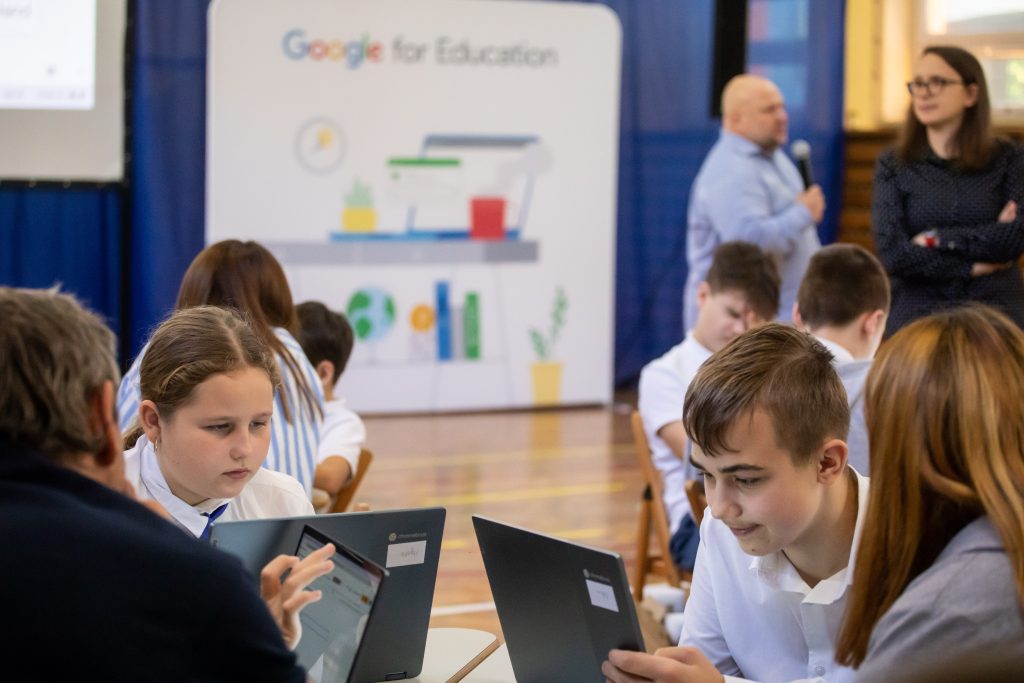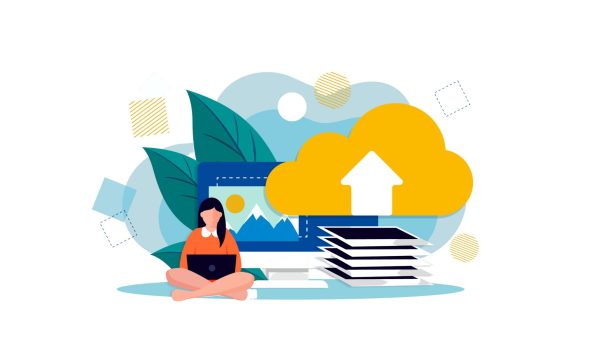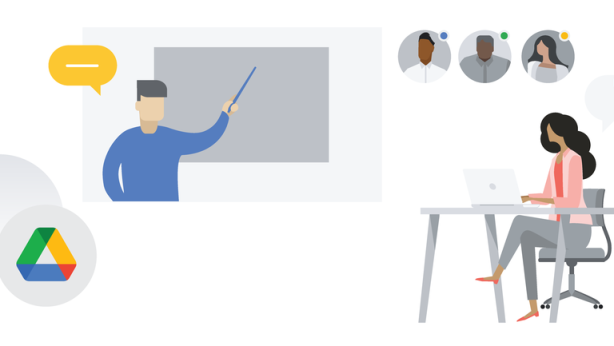
Maximising Classroom Learning with a 1:1 Model
In today’s world, technology is essential in many aspects of life. As a result, it is remarkable that it is seldom or never taught in most Polish educational institutions. Modern education was crucial in the formation of modern civilization. A contemporary teaching and learning system is in the best interests of Polish education, which has long been well-established in other areas of the world.
The term “digital classroom” refers to all educational techniques that are directly tied to the usage of technology. In this article, we’ll look at one of its most essential features: the 1:1 model, where every student has access to a personal device. Discussing this educational system will allow us to examine in further depth how technology might assist teachers and students in meeting educational requirements.
hello
Why are digital tools needed in class?
In order to prove the concept that technology increases efficiency in the teaching and learning process, one should start by analysing the advantages of using digital educational platforms. Here are some examples of the use of digital tools to improve the quality of educational processes:
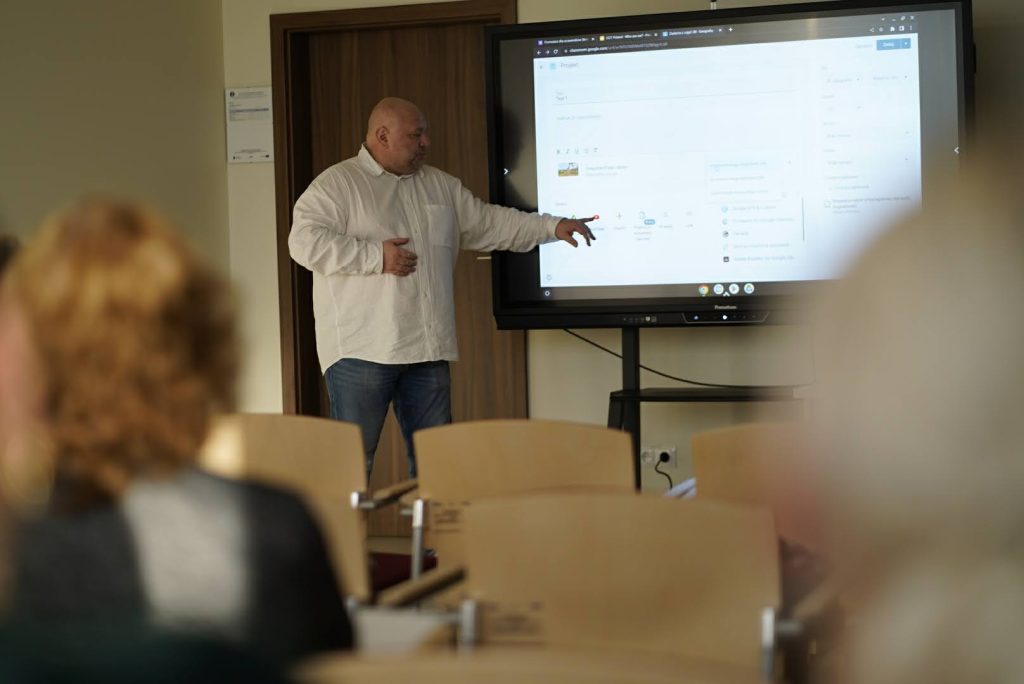
Multimedia education: improves the quality of teaching by transforming the lesson into a more interactive one, which results in greater student involvement during the course. For example, video tutorials or multimedia presentations can be used to review material that has already been learned. Simulations and online games can also be a fun and effective approach to teaching difficult material.
hello
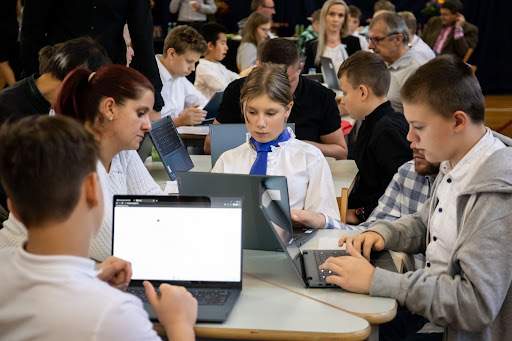
Supporting individual (personalised) learning: One of the greatest advantages of technology is the ability to adapt learning to the needs of each student. Teachers can conduct a lesson at different educational levels simultaneously, using computer programs or applications. This allows each student to progress at their own pace, which ultimately improves learning outcomes.
hello
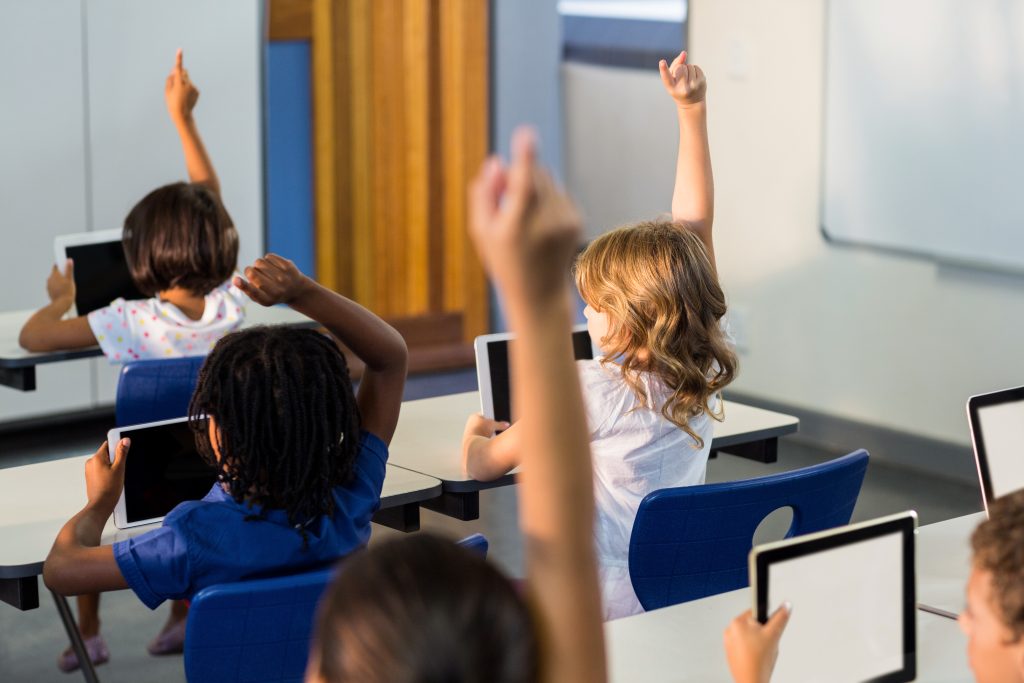
Encouraging active participation in lessons: many students, for personal reasons, do not have the courage to speak up in class discussions. Educational platforms enable such students to actively participate in the debate by blogging, social networking and building digital portfolios.
Model 1:1
The 1:1 model is an educational system in which each student and teacher has access to their own laptop or tablet. This type of educational approach allows educators to use educational methods such as personalised learning, project-based learning, flipped classroom, blended learning and formative assessment more effectively and faster (which is very important in classroom settings).
The role of the teacher in the 1:1 Model is transformed from being at the centre of knowledge in classical education to being a guide who guides students in their learning process, analysing information and creating solutions. In such an educational system, students take more control over their education, while becoming more independent, motivated and engaged. As a result, they are better prepared for the challenges of the future.
Benefits of implementing the 1:1 Model
The 1:1 model is an integral part of the digital transformation in education. The management, teachers and students must understand that its introduction will completely change the educational processes in a given institution. The initial phase of this process can cause many difficulties, but the advantages are disproportionately greater. Below we list some of them:
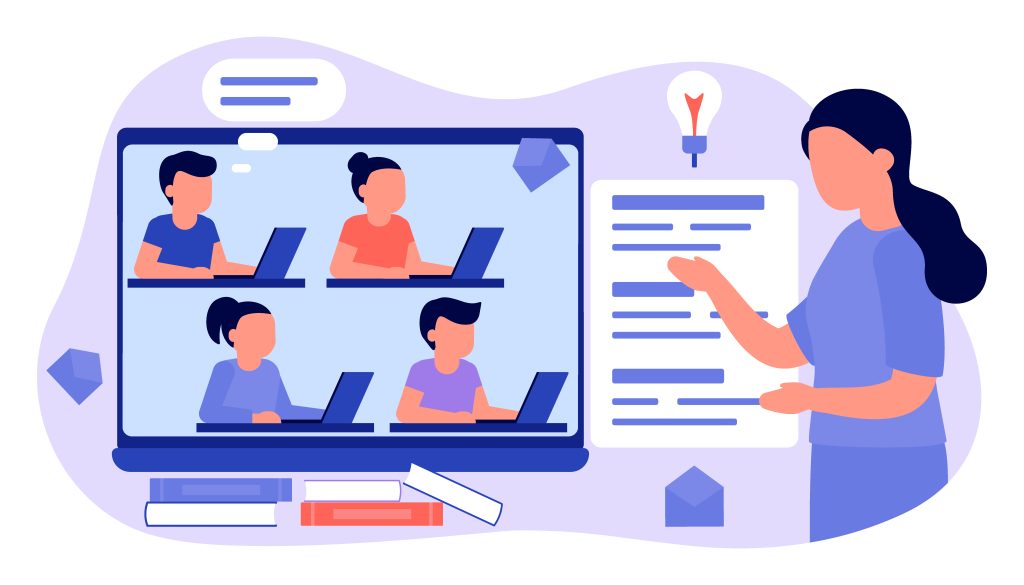
Engagement and motivation: students show more interest and motivation during classes. The main advantage is access to online information during and outside the classroom.
Experience of working in a group: the 1:1 model enables the effective use of project-based learning. While working together on a project, students can easily communicate with each other using digital tools. One example is the comments feature in google.doc.
Diversified instructions: thanks to the digital platform (google classroom), educators can simultaneously teach in the classroom at different educational levels. Students learn at different paces, so this form of education makes it easier for students to work and motivates them to further challenges.
hello
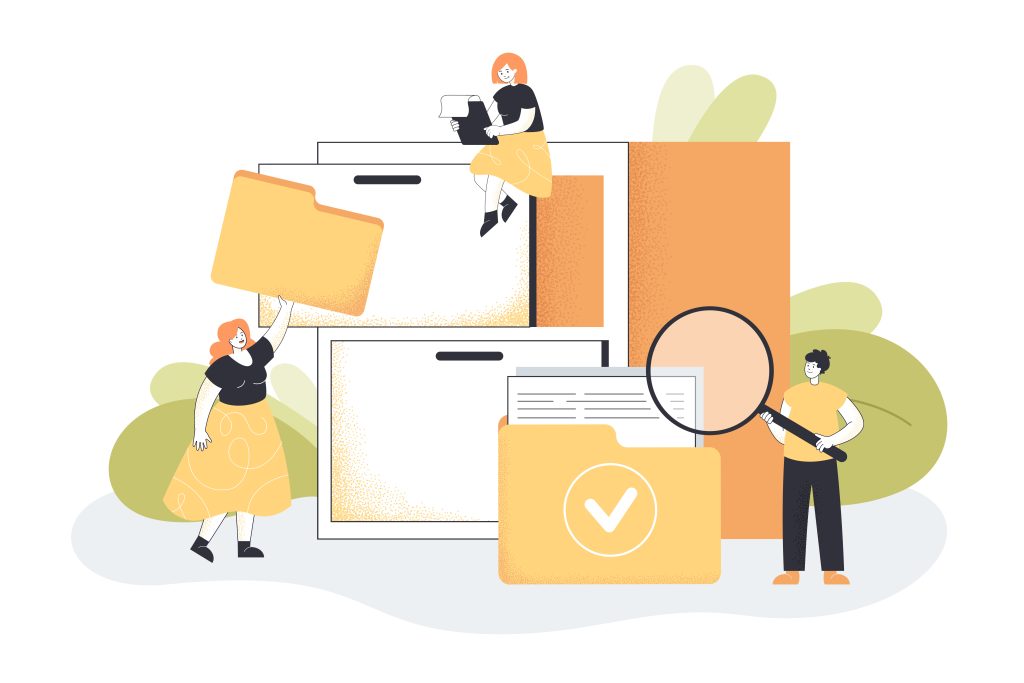
Increased Academic Performance: Studies have shown that students who work in a 1:1 model tend to outperform their peers who work in a classical system. This is very well illustrated by the correlation of Bloom’s Taxonomy with the S.A.M.R. model. This scientific relationship proves that learning in a 1:1 system stimulates the processes of creative thinking, understanding and remembering.
Access to updated information: Thanks to online resources, students have access to knowledge and tools that help them at every stage of their education. Compared to conventional teaching approaches, which are often limited by available resources, this is a significant advantage of the 1:1 model.
hello
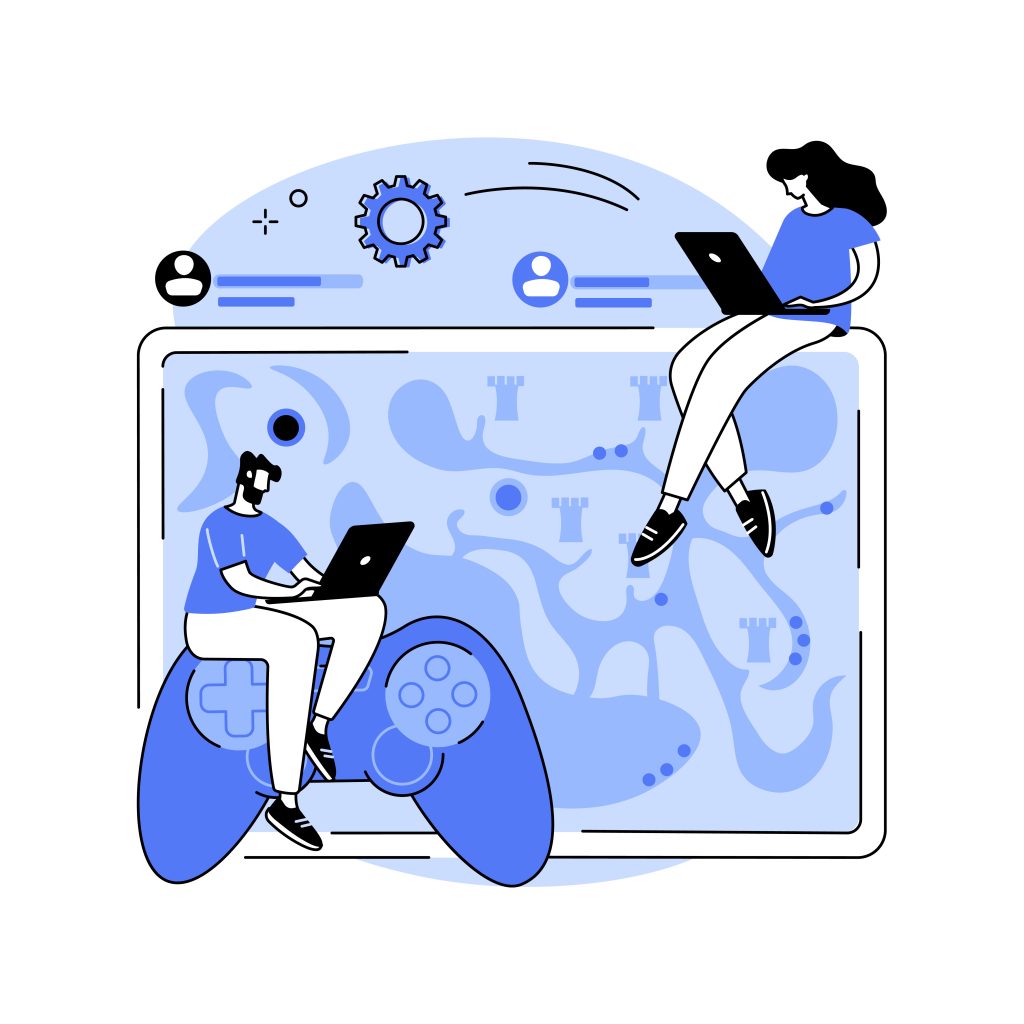
Gamification and digital testing: the use of educational games, tests and tutorials that each teacher can create for themselves using google slides and google forms makes the learning experience more enjoyable and engaging. Tutorials and online courses can also provide students with a more adaptive and practical experience in obtaining information. All these solutions are part of the 1:1 model.
Creating an Interactive Learning Environment: During project-based learning, which is part of the 1:1 model, students can use communication tools such as chats, forums, comments, emails, and topic groups. These elements of the digital platform (e.g. Google Workspace for Education) generate an interesting and enjoyable information exchange experience that allows students and teachers to quickly obtain the information they need. Participation in such a virtual body can be extremely motivating for participants.
hello
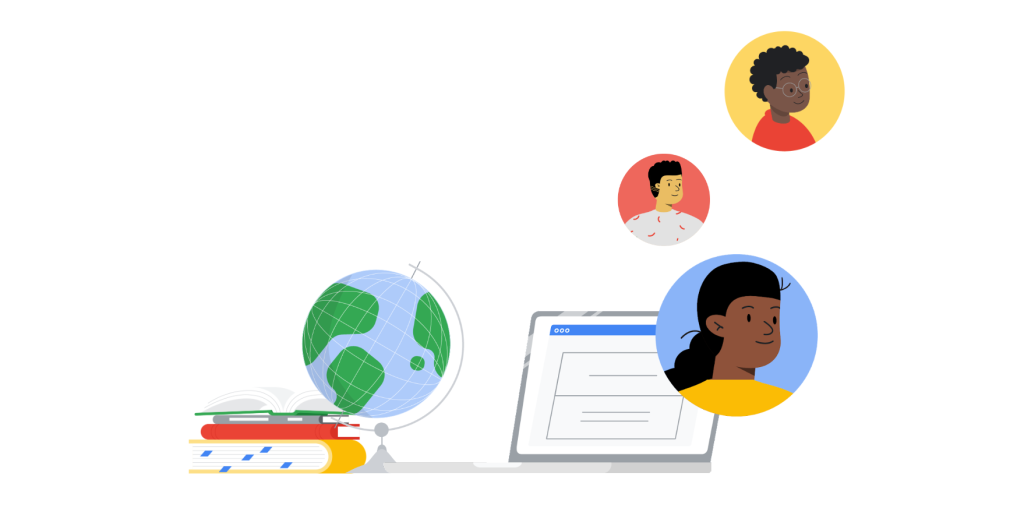
Presentation of their educational achievements: Students can prepare a presentation of their educational projects in a very attractive way with elements that were impossible to use in the classic form of education (e.g. video, links in google slides).
The value of frequent and immediate feedback: Educators can use digital tools to introduce formative assessment that helps the teacher focus on the student’s skills in the creative process.
The challenges of adopting a 1:1 Model
As with any innovative educational project, introducing a 1:1 model in any project is always associated with some difficulties. One of the biggest problems is buying enough devices for each student and then servicing them. The next obstacle is access to high-speed internet. For a large number of Chromebooks, additional access points must be installed. It may also be a big problem to conduct appropriate training for teachers so that they know how to use the appropriate digital tools on the educational platform
When it comes to technology in the classroom, there are many potential challenges that can arise. However, with the right solutions, these problems can be easily corrected.
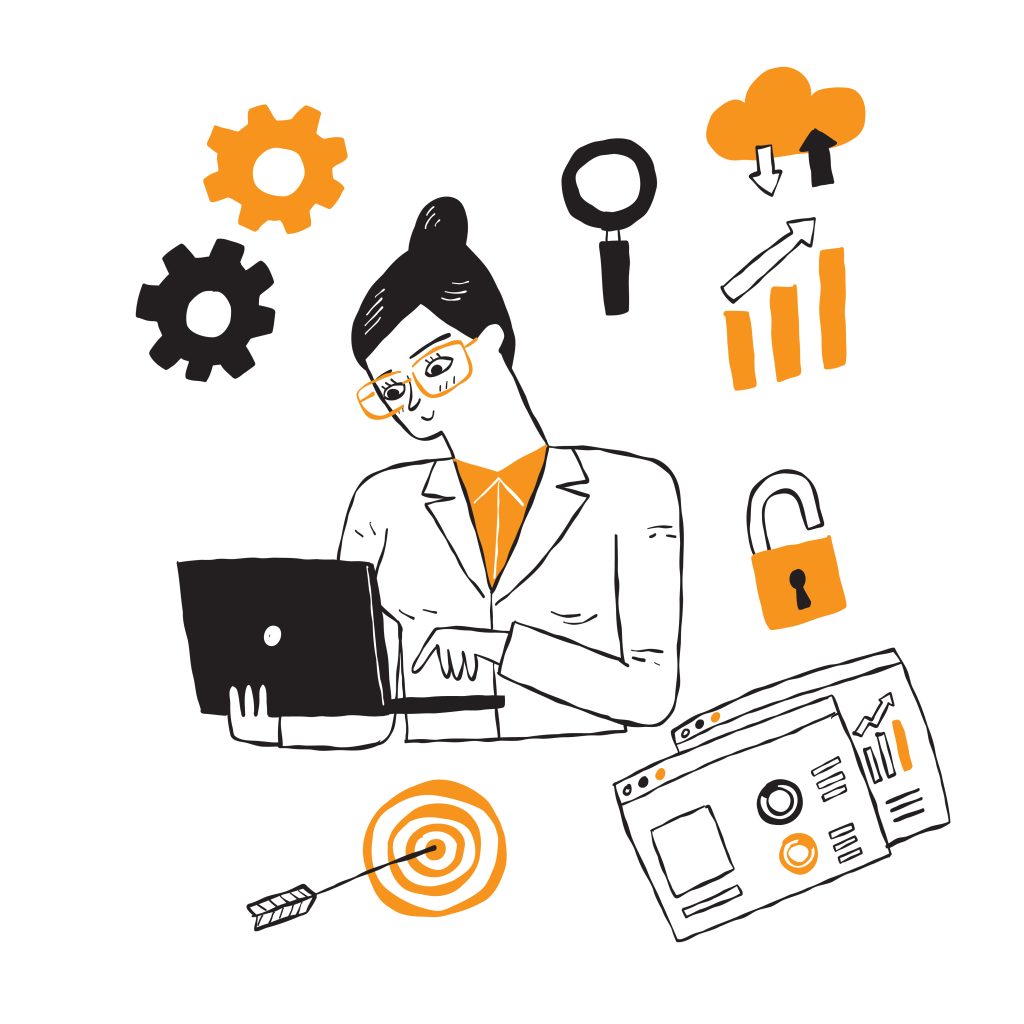
Teachers often complain that students rely too much on technology and fail to develop the critical thinking skills needed to solve problems. To avoid this, teachers should treat technology as a learning tool rather than relying on it for all classroom activities. For example, encourage students to use a variety of sources including books, articles and websites. The knowledge gained by them should then be critically assessed so that only reliable information is used in the further research process.

A large group of students working in a 1:1 model do not have access to digital tools outside the classroom. As a result, they perform worse on tasks and projects involving elements of technology. Schools can help students by giving them devices or access to online resources. Teachers can also develop tasks that can be done without the use of technology or suggest alternative methods for completing tasks for students who do not have access to technology at home.
Finally, educators may discover that incorporating new technology into the classroom takes time. To overcome this barrier, the main idea is to start small and progressively integrate digital tools as you gain new experiences. In order for teachers to feel more confident, it is very important to train them in the use of the methodology and the software. In order for the model to be successfully implemented, teachers must embrace it themselves, which is a key factor. It’s also a good idea to use free web resources for lesson plans and teaching materials. In order for a model to be successful, it must be aligned with the community and the parents must make the decision that it is in their child’s best interest to use devices on a daily basis and that the use of those devices is a good thing.
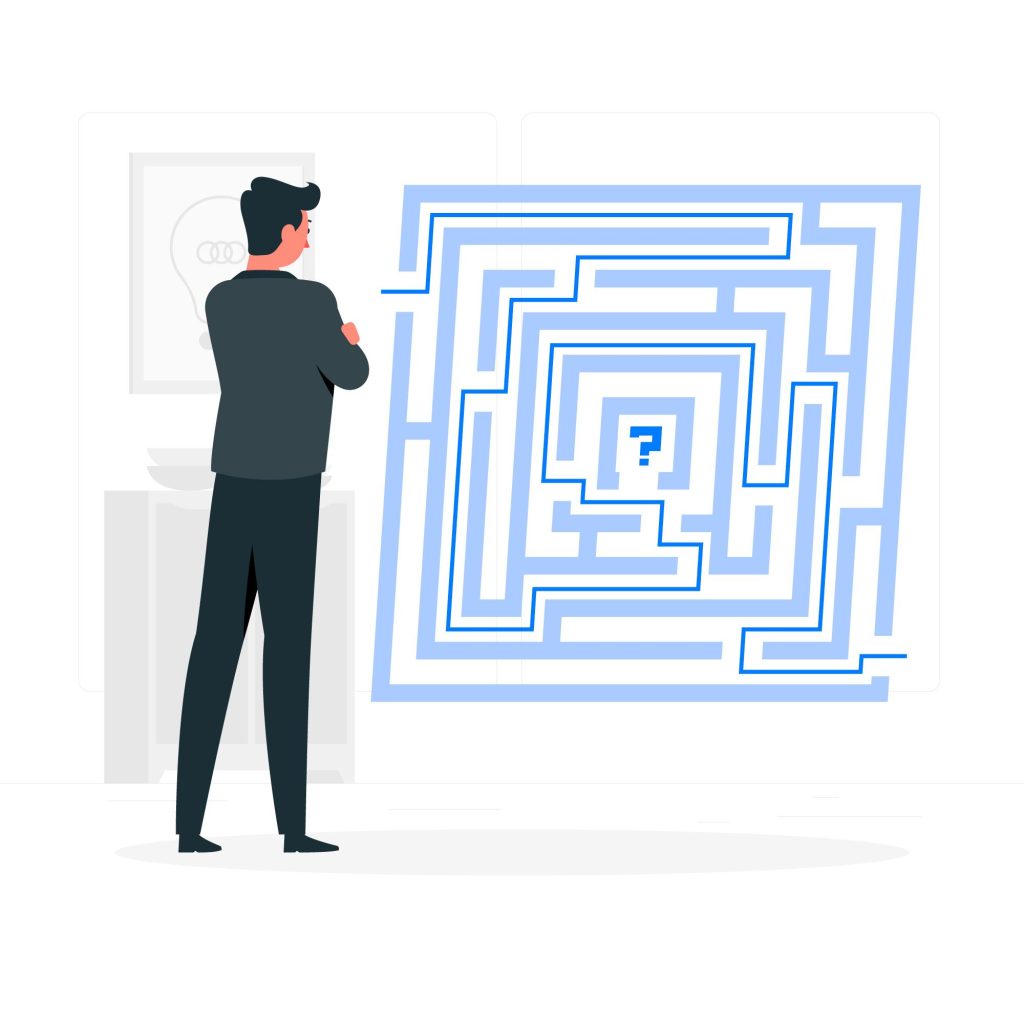
Solutions that support the 1:1 Model
For many students and teachers, the 1:1 model turned out to be a breakthrough. His flexibility and independence made learning in the classroom more effective and motivating. It is also worth mentioning that there are several key technologies that can contribute to the development of the 1:1 model.
One of the biggest technological innovations that have had the greatest impact on education is the interactive whiteboard (IWB). IWB gives teachers the ability to create engaging, interactive lessons for all students. IWBs can also be used for formative assessment and feedback, which increases the effectiveness and efficiency of learning.
hello
Another element of technology that can improve the 1:1 model is digital content. With so much information available online, students can access top-notch materials. Thanks to this, teachers can tailor their lessons to the needs and interests of each student.
The flexibility that mobile devices such as computers, tablets and smartphones provide teachers and students is unparalleled. These tools allow educators to design engaging activities that they can present anywhere, anytime. Additionally, mobile devices allow students to learn at their own pace.
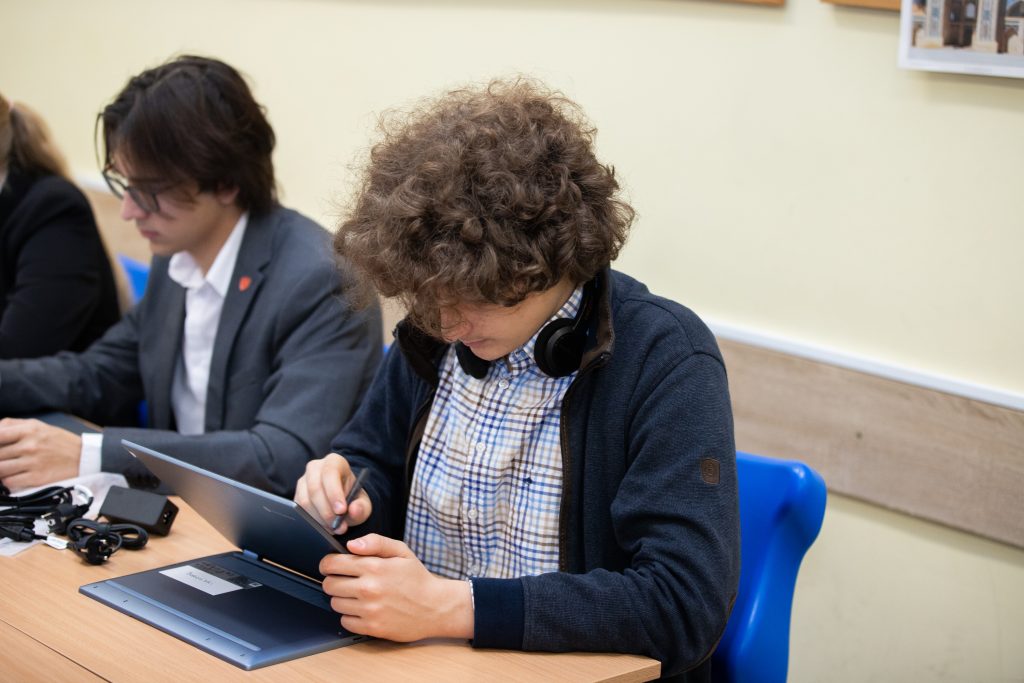
Conclusions
Technology has endless possibilities for use in education. Educators and administrators have a chance to use these tools to maximise student learning as 1:1 models proliferate in our schools. At the beginning of the digital transformation, problems can arise in any school, but with the proper guidance and help, teachers can effectively use this educational system to improve teaching and learning.
hello
